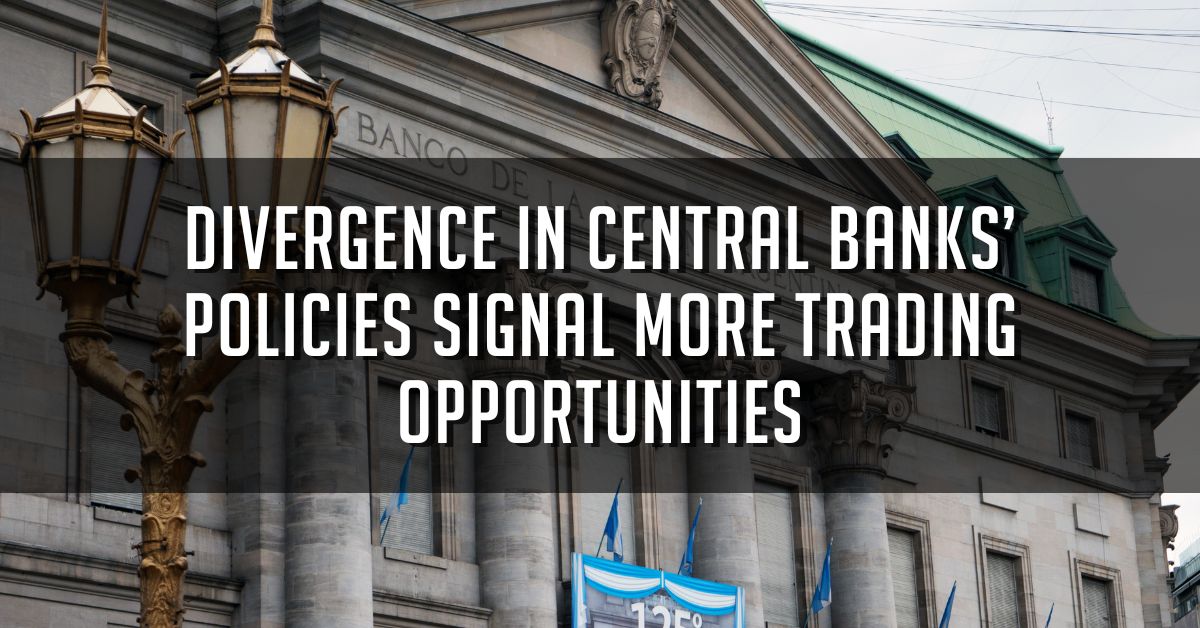Divergence in Central Banks’ Policies Signal More Trading Opportunities
Central banks worldwide are currently navigating a complex landscape of economic challenges, with some opting for more dovish approaches while others appear poised for a hawkish shift. In this piece, we will give a clear update on the global central banks' outlook.
Among the major players, the Swiss National Bank (SNB) has emerged as one of the most dovish, surprising markets with a rate cut in response to persistently low inflation and the threat of a strong Swiss franc dampening export competitiveness. With inflation projections below 2% and concerns over currency strength, the SNB's move signals a commitment to stimulate the economy amidst challenging global conditions.
On the other end of the spectrum, the Bank of Japan (BOJ) has taken a historic step towards a hawkish stance, marking its first rate hike in 17 years. This move comes as Japan anticipates wage increases and aims to bolster domestic demand, potentially leading to further inflationary pressures. Although the BOJ remains committed to its 2% inflation target, the shift signifies a departure from its longstanding accommodative policies, raising questions about the future trajectory of monetary policy in Japan.
Meanwhile, the US Federal Reserve maintains a balanced stance, holding rates steady while signalling a potential series of cuts later in the year. Despite projections of robust growth and slightly higher inflation, the Fed's commitment to monitoring data suggests a cautious approach to monetary tightening, aligning with expectations for gradual rate adjustments in response to evolving economic conditions.
Similarly, the Bank of England (BOE) has exhibited dovish tendencies, with Governor Andrew Bailey acknowledging the possibility of rate cuts amidst falling inflation and cooling labour market dynamics. While the BOE's Monetary Policy Committee remains divided on the timing and extent of policy adjustments, the overall tone suggests a willingness to respond to changing economic indicators with accommodative measures.
Many traders call for a rate cut at the BOE's next meeting underscores the potential for further dovish shifts in monetary policy. However, uncertainties persist regarding the scale and timing of such actions, reflecting the nuanced considerations facing central banks as they navigate the path towards economic stability.
Fullerton Markets Research Team
Your Committed Trading Partner


 Global Central Banks Ready To Move Rates: A Close Look On What Happened">
Global Central Banks Ready To Move Rates: A Close Look On What Happened">








